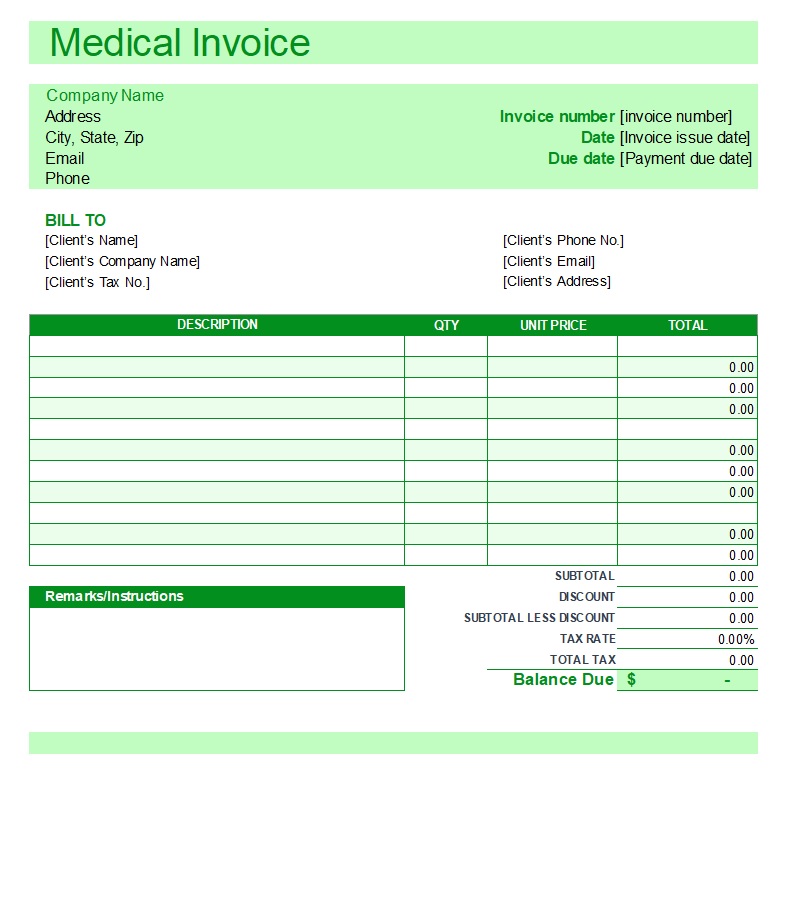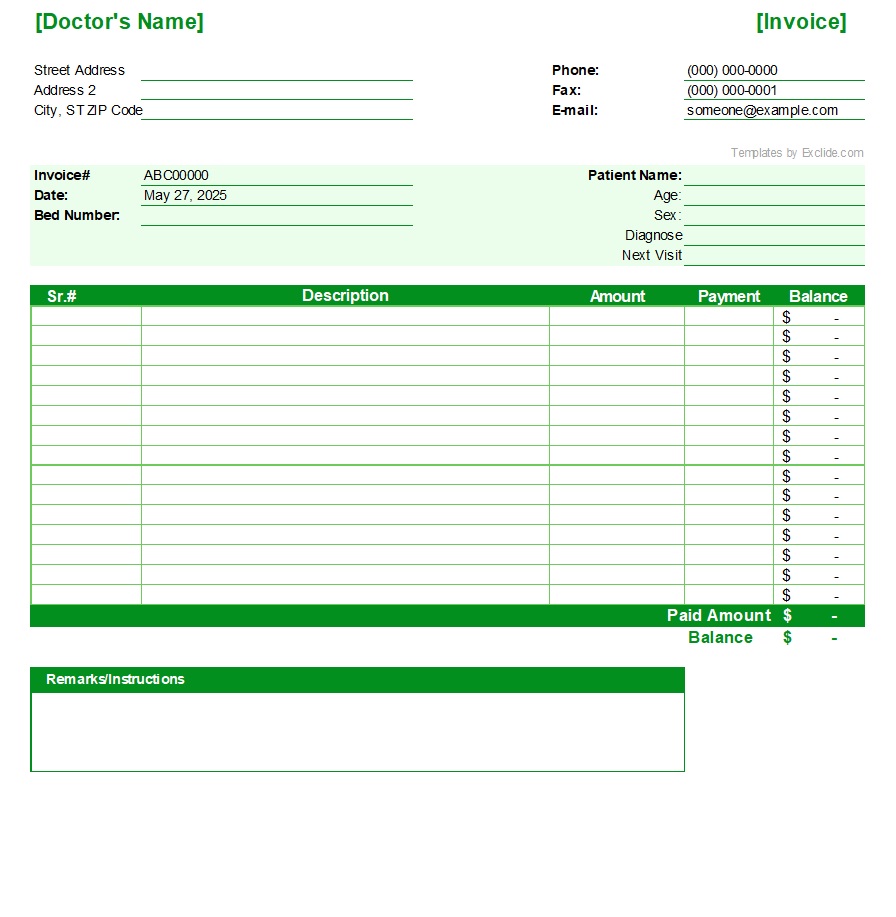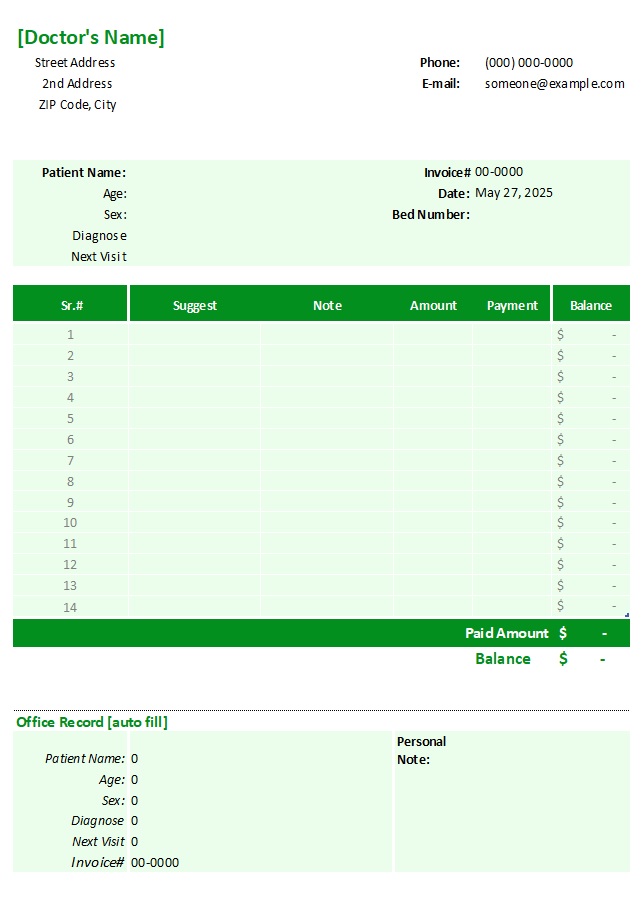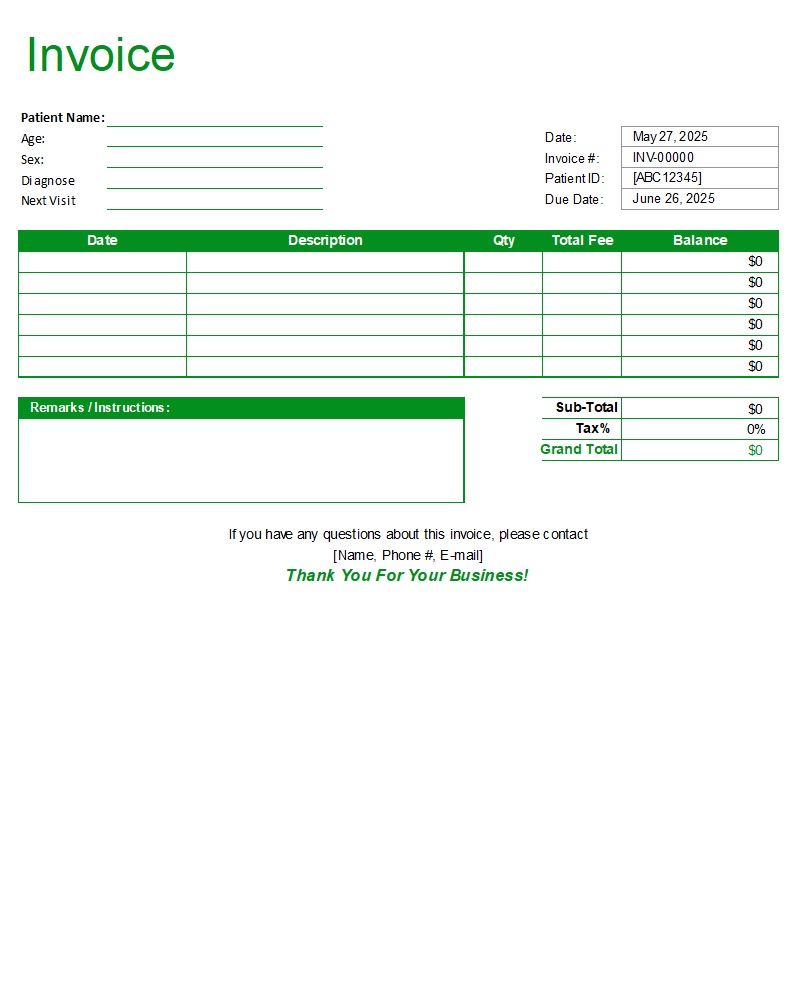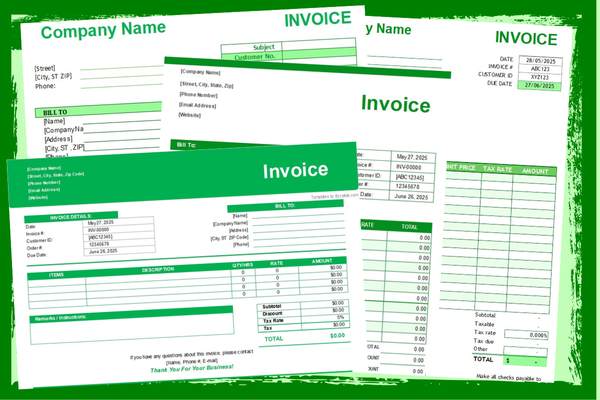Doctors follow a structured payment collection process. Upon a patient’s arrival, the first step is verifying their health insurance. If insured, the doctor determines the deductible or co-pay. Once processed, an invoice is issued, requiring payment before treatment begins.
After treatment, a second invoice is sent to the insurance provider for coverage. Various medical professionals use this invoicing system to collect payments efficiently.
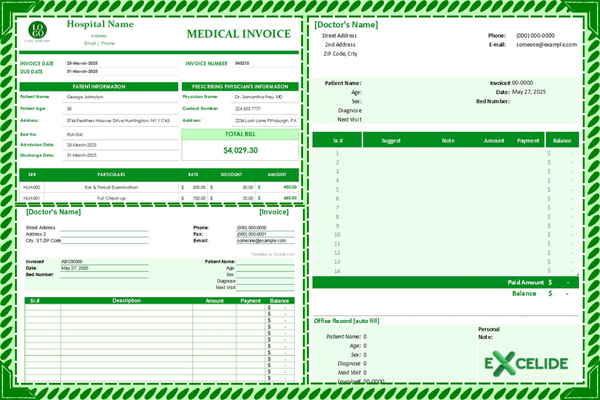
Usability and Development
Physician invoice templates are typically developed with intuitive fields tailored to healthcare services. These include sections for patient information, diagnosis or CPT codes, consultation fees, and payment terms.
Modern templates may also integrate with electronic health record (EHR) systems and billing software, allowing for automatic population of patient data. Designed for ease of use, even solo practitioners or small clinics without administrative staff can quickly adapt to these templates.
Benefits
Using a physician invoice template reduces administrative burden and errors, improves payment cycles, and enhances patient communication. It standardizes billing practices, ensuring all critical information is included in every invoice.
Templates save time, support better record-keeping, and improve the professionalism of your practice’s financial communications. Additionally, customizable templates help physicians align invoices with their branding, improving client trust
